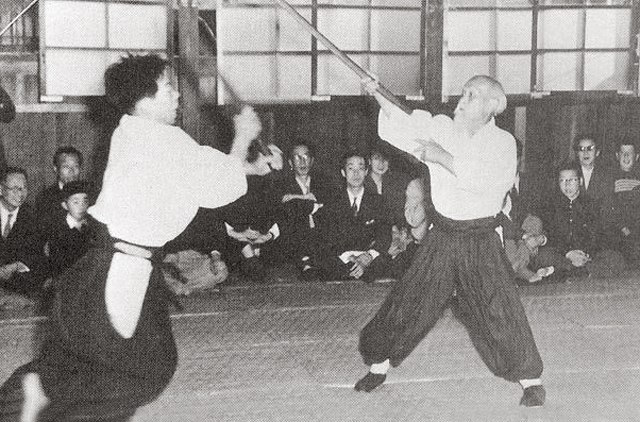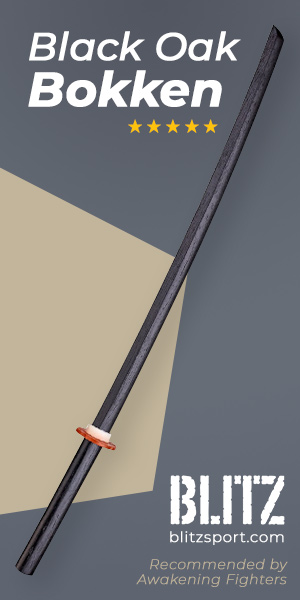Summary
Aikido is a form of martial arts developed in the 20’s by Morihei Ueshiba. It is rooted in several styles of Jujutsu as well as forms of sword and spear fighting. Simply put, Aikido takes the joint locks and throws from Jujutsu and merges them with movements of spear or sword fighting. Ueshiba’s Aikido bases its philosophy on peaceful conflict resolution and only using martial training to improve oneself. The emphasis on gaining control and causing minimum harm is one of the reasons why it is used in law enforcement.
History / Origins
ETYMOLOGY
The word "aikido" is a combination of three distinct Japanese characters or “kanji”:
• 合 - ai – refers to the joining or unification of things
• 気 – ki - refers to spirit, mood or energy
• 道 – dō - refers to a path or way
This means that from a linguistic point of view Aikido can be described as the way of combining forces to achieve a singular purpose.
BEGINNINGS
Aikido was founded by Morihei Ueshiba. Ueshiba was born in 1883. Growing up in Japan, he saw his father subjected to an attack wherein he was unable to defend himself or fight back the aggressors. The incident prompted him to devote his life learning martial arts. He decided to condition his body in a way that he could avenge his father and never turn out to be a victim.
He went on to study Daitō-ryū aiki-jujitsu under Takeda Sōkaku where he learnt the empty handed, joint-locking techniques that are unique to jujitsu. He then went on to study Tenjin Shin'yō-ryū under the tutelage of Tozawa Tokusaburō, Gotōha Yagyū Shingan-ryū with Nakai Masakatsi and Judo with Kiyoichi Takagi. All his teachers were highly regarded masters of their own styles, but Ueshiba found a way to combine the best of each of these styles to create his own Aiki.
Aikido got its official name in 1942 when the Japanese government set out to sponsor the organization and centralization of Japanese martial arts. It was introduced to Europe in 1951 when Minoru Mochizuki travelled to France. In 1952 Tadashi Abe followed Mochizuki. Kenji Tomiki set out to introduce and teach Aikido in 15 continental states of the United States in 1953. Others like Koichi Tomei, Hirishi Tada, Masamichi Noro, Seiichi Sugano, Katsuaki Asai went on to teach Aikido in countries like Italy, Germany, the United Kingdom, Australia and Africa.
Ueshiba devoted time to the study of martial art, but he also sought to find a spirituality that he could apply to his physical world. He discovered a religion called Omotokyo which advocated that man should strive to attain Utopia or “heaven on earth”. Omotokyo taught love and compassion should be shown to every man, whether they seek to harm us or not. In Aikido, people learn to receive attacks and deflect them without causing any harm to the attacker. This was a great influence on Ueshiba's martial arts philosophy of extending love and compassion especially to those who seek to harm others. Aikido demonstrates this philosophy in its emphasis on mastering martial arts so that one may receive an attack and harmlessly redirect it.
PRESENT DAY
Aikido began evolving into different styles. Yoseikan Aikido was formed in 1931 and the controversial Shodokan Aikido was founded in 1967. A lot of the development or evolution that came to be was a result of some students adopting teaching methodologies that were contrary to the original founder’s methods. At this present moment, there is no one true form of Aikido. This seems to be apt for this martial art which was, after all, initially created from combining different aspects of different types of martial arts.
FOLKLORE
Shikko ("knee-walking"), which is an integral part of Aikido, was a position that feudal lords required their subordinates to assume in their presence. It became a formal movement in ceremonies held by Samurai.
Legend has it that Ueshiba once pinned a Sumo wrestler with one finger.
Ueshiba was awarded the Medal of Honor and the highly acclaimed Order of the rising sun by the Japanese government in recognition for developing what would become one of the most important martial arts in Japanese history.
The Japanese Government has such high regard for Aikido that Police men are required to attain a Shodan (black belt) level. It has made its impact on U.S martial law systems by being the only form of martial art allowed in U.S. Federal prisons.

| COUNTRY OF ORIGIN: | Japan |
| TIME OF ORIGIN: | c. 1920's |
| PRACTISED: | Approx. 99 years |
| FOUNDERS: | Morihei Ueshiba |
| FOCUS: | Grappling, Softness |
| ALSO KNOWN AS: | - |
| PARENTHOOD: | Daitō-ryū Aiki-jūjutsu |
| DESCENDANTS: | – |
| OLYMPIC SPORT: | No |
NOTABLE FEMALE PRATITIONERS
Coming Soon!
NOTABLE MALE PRATITIONERS
Christian Tissier
Gozo Shioda
Kisshomaru Ueshiba
Koichi Tohei
Mitsugi Saotome
Morihiro Saito
Moriteru Ueshiba
Steven Seagal
Yoshimitsu Yamada

| NATIONALITY: | |
| DATE OF BIRTH: | |
| AGE: | Approx. 99 years |
| BORN: | – |
| RESIDENCE: | - |
| ALSO KNOWN AS: | - |
| OCCUPATION: | Grappling, Softness |
| JOB TITLE: | Daitō-ryū Aiki-jūjutsu |
RELATED FEMALE INDIVIDUALS
Coming Soon!
RELATED MALE INDIVIDUALS
Christian Tissier
Gozo Shioda
Kisshomaru Ueshiba
Koichi Tohei
Mitsugi Saotome
Morihiro Saito
Moriteru Ueshiba
Steven Seagal
Yoshimitsu Yamada

| COUNTRY: | Japan |
| LOCATION: | - |
| FOUNDED: | c. 1920's |
| OPERATIONAL: | Approx. 99 years |
| FOUNDERS: | Morihei Ueshiba |
| ALSO KNOWN AS: | - |
| SECTOR: | Grappling, Softness |
| DESCRIPTION: | Daitō-ryū Aiki-jūjutsu |
| WEBSITE: |
ACOSSIATED INDIVIDUALS
Coming Soon!
ACOSSIATED ATHLETES
Christian Tissier
Gozo Shioda
Kisshomaru Ueshiba
Koichi Tohei
Mitsugi Saotome
Morihiro Saito
Moriteru Ueshiba
Steven Seagal
Yoshimitsu Yamada
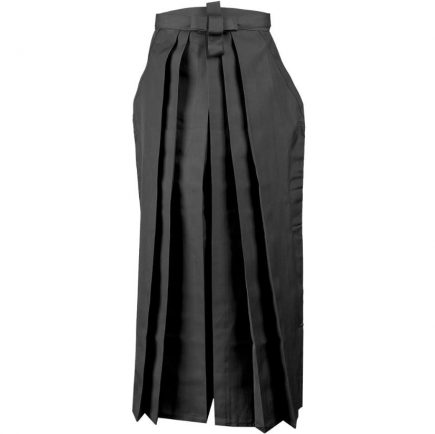
Blitz Japanese Hakama
For Kendo, Aikido, and Judo practitioners, this classic traditional Japanese cut Hakama is designed to be worn over a kimono.
£57.99
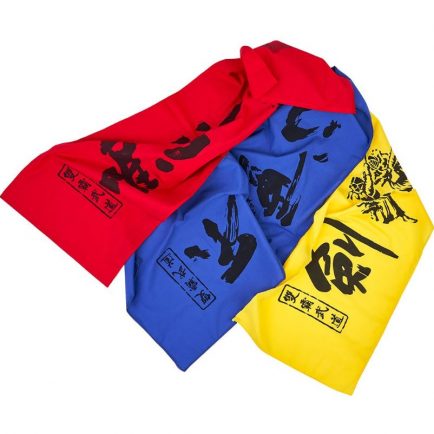
Blitz Japanese Tenugui
A Tenugui is a thin Japanese hand towel made from cotton, that is often used as a headband, souvenir or decoration.
£5.99
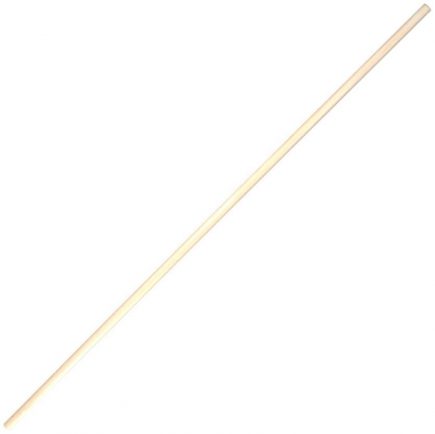
Wooden White Bo Staff
Wood continues to be the material of choice for traditional practitioners. Blitz Wooden White Bo Staff has a white finish.
£23.99
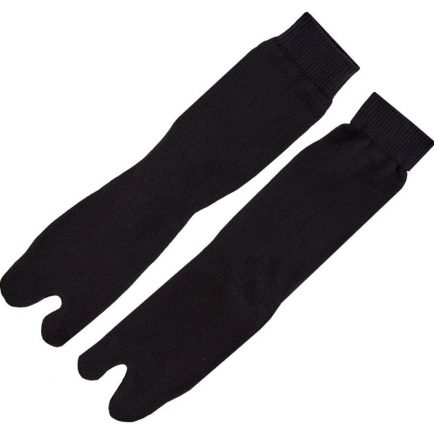
Blitz Black Tabi Socks
Plain black tabi socks with a traditional split toe. Designed to be worn with split toe shoes, boots and thonged sandals.
£3.99

Blitz Training Holdall
Basic gym or sports bag with a large main compartment. Two carry handles, one side handle, and one adjustable shoulder.
£23.99
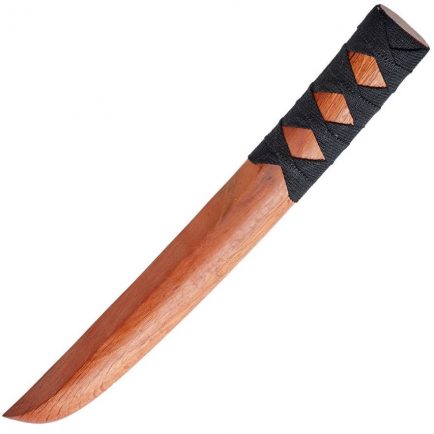
Red Oak Wooden Tanto
Used for all forms of practice knife defence. Made from a hard red oak wood. Practice training aid only. Cord handle for added grip.
£11.99
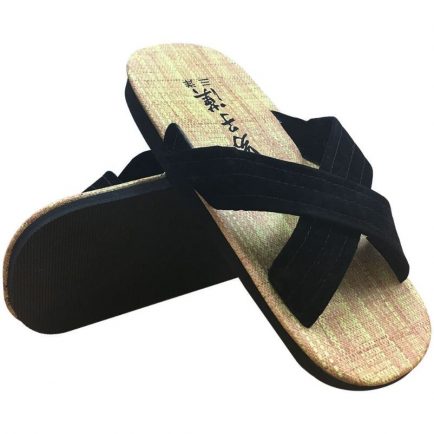
Blitz Zori Sandals
Perfect for indoors or outdoors, the Zori Sandals are very comfortable to wear around the house or in your Martial Arts dojo.
£23.99
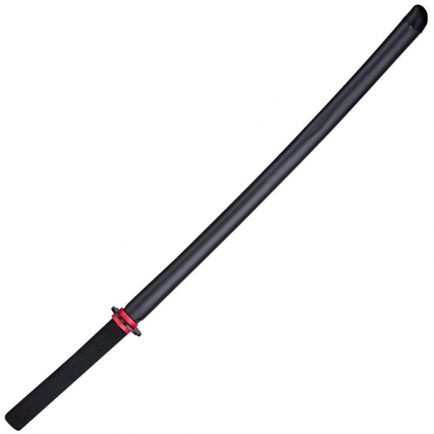
Blitz Foam Bokken
Ideal for beginners and juniors to practice with confidence and injury free. Tsuba is fixed. 102cm long (40 inch). 26cm handle.
£18.99

Superflex Sports Shoes
This super lightweight, incredibly flexible, quick-drying shoe is ideal for any activity. Breathable, honeycomb, insoles.
£10.99
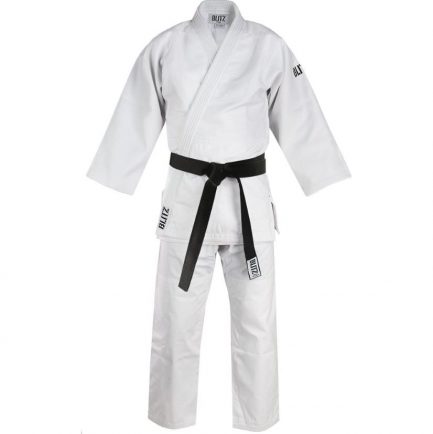
Blitz Master Judo Suit
Heavyweight Judo Suit manufactured in accordance with all major competition rulings and designed for the well accomplished Judoka.
£65.99 £29.99
Practices
PHILOSOPHY
The application of Aiki involves understanding the intent and the rhythm of the attacker in order to work out the best position to counter such an attack. This is what Judo is based on. Similarly, each martial art form carries a philosophy of its own.
Contrarily, since Aikido is formed by combining different forms of martial arts each with a distinct philosophy, it does not have a unified philosophy. Instead, because of the founder’s interest and study of Omotokyo, there is an ethical belief that all Aikidoists share. The main philosophy is the cultivation of internal power or spiritual energy; which is not meant to be a weapon to defeat enemies. In accordance with Omotokyo the body is seen as a part of the whole which unifies everything in the universe. There are two basic common threads that run through the ideal espoused by Aikido as Ueshiba prescribed:
1. That man should first be committed to a peaceful resolution when conflict arises
2. That man should improve themselves through training
TECHNIQUES
Information coming soon
TRAINING
There are no real rules for Aikido, but rather codes of conduct for when training. The four fundamental codes are:
- Aikido can be dangerous and should therefore not be practiced needlessly. The instructor should be obeyed at all times.
- You need to learn to face multiple opponents at the same time. This means you should learn every move and counter move from every direction.
- Practice should not be approached with dread, but with pleasure.
- You can only get better with practice. Build your body up gradually. There are possibly less than twenty basic techniques, but thousand of different ways to implement them.
RANKS & GRADING
Information coming soon
WEIGHT CLASSES
Information coming soon
Rules / Rulesets
RULES / RULESETS
Aikido training involves two partners practicing pre-arranged movements or Katas. There is a receiver who neutralizes an attack with an Aikido technique. The receiver is known as being in uke while the attacker is said to be in nage. Nage applies attacking energy and the uke has to be flexible and calm enough to receive the attack and apply a reversal technique. The receiver has to be aware of the environment and pay close attention to the technique being applied in order to safely receive what could possibly be a serious strike.
Organisations & Historical Places
ORGANISATIONS
Information coming soon
HISTORICAL PLACES
Information coming soon
Popular Culture
POPULAR CULTURE
Information coming soon
Useful Links
USEFUL LINKS
References
REFERENCES
1. Discovering Aikido by Rupert Atkinson
2. Aikido’s frequently asked questions
COLLABORATORS
No Collaborators found




